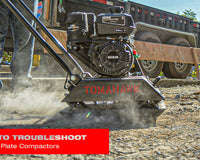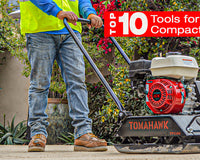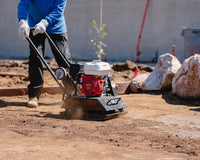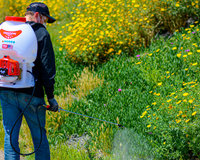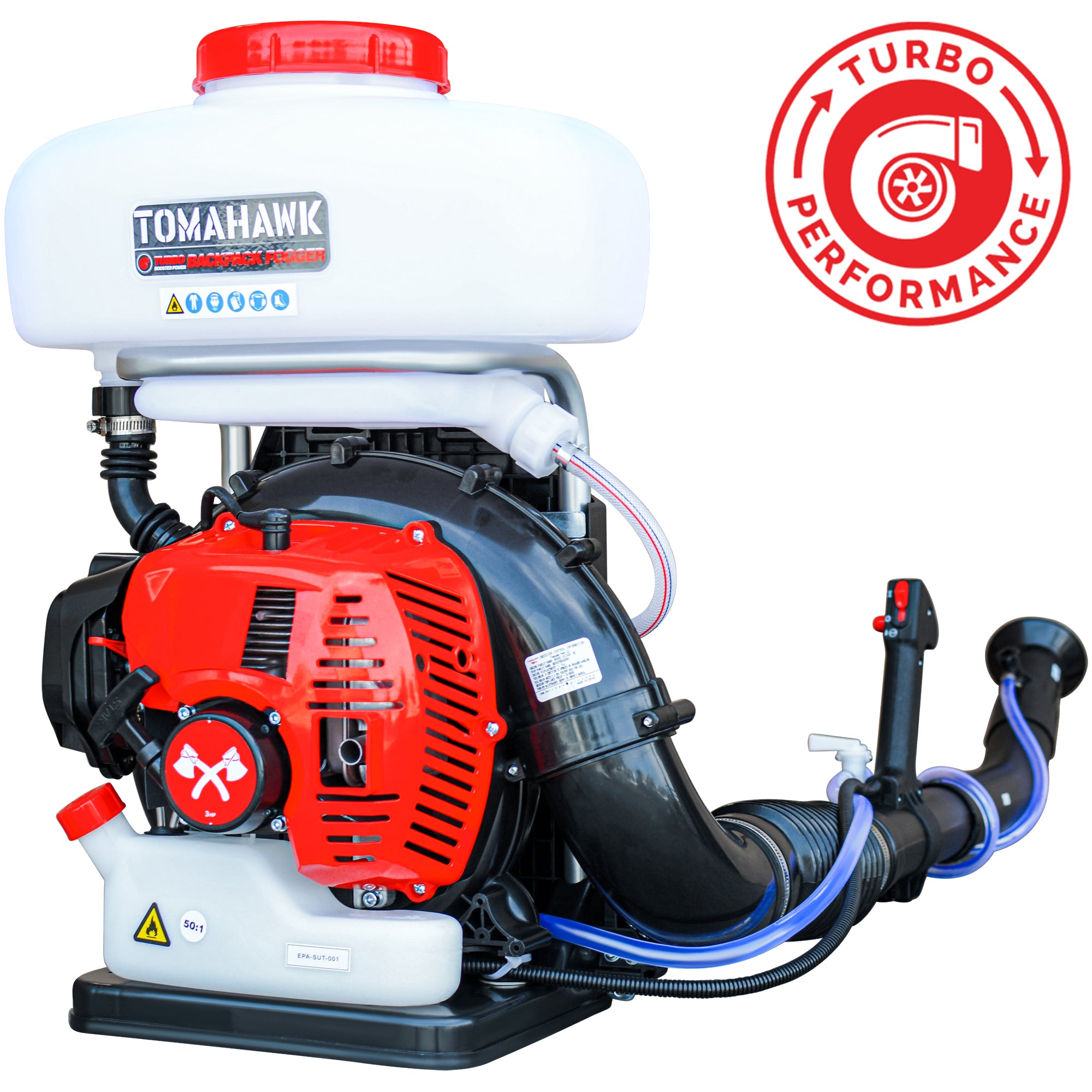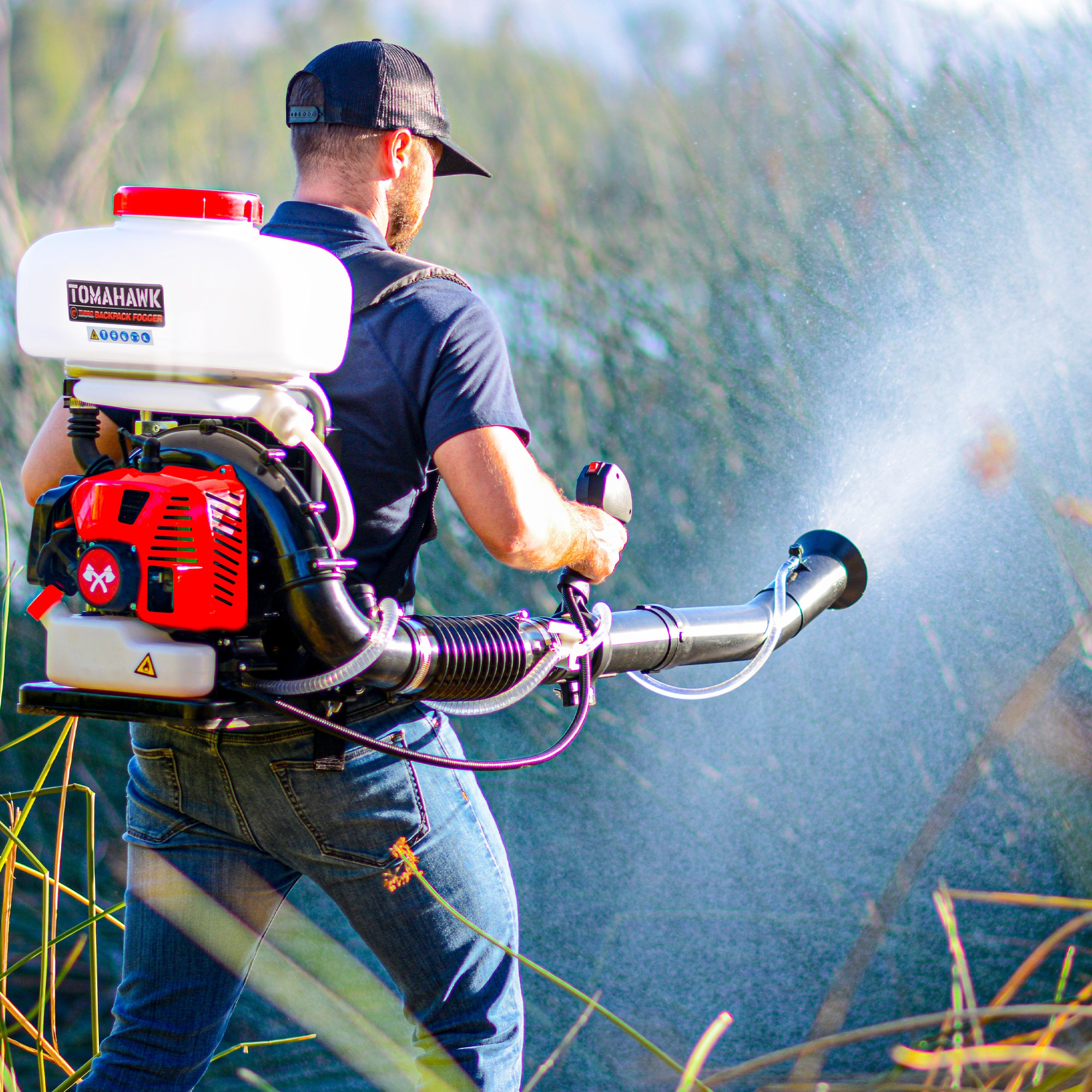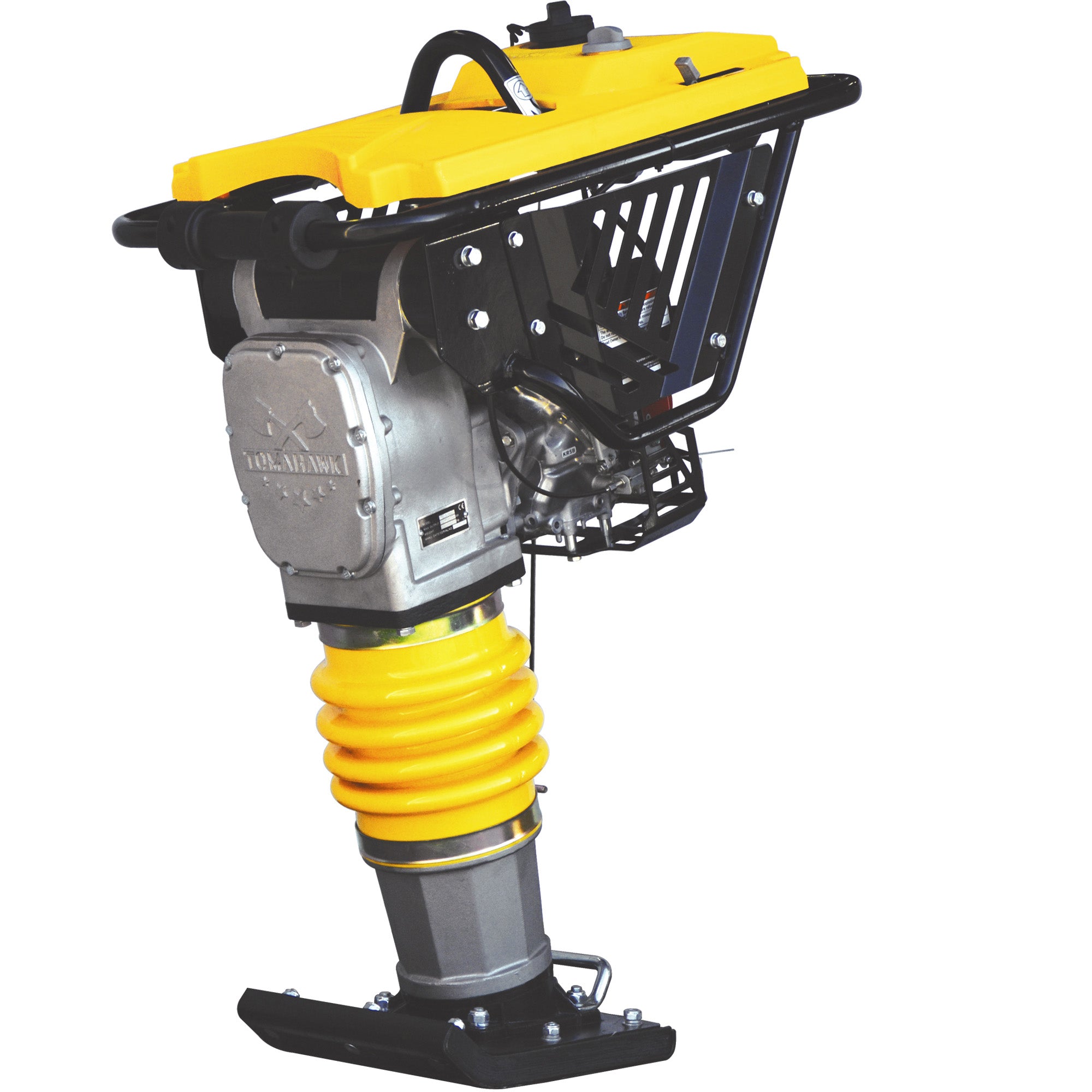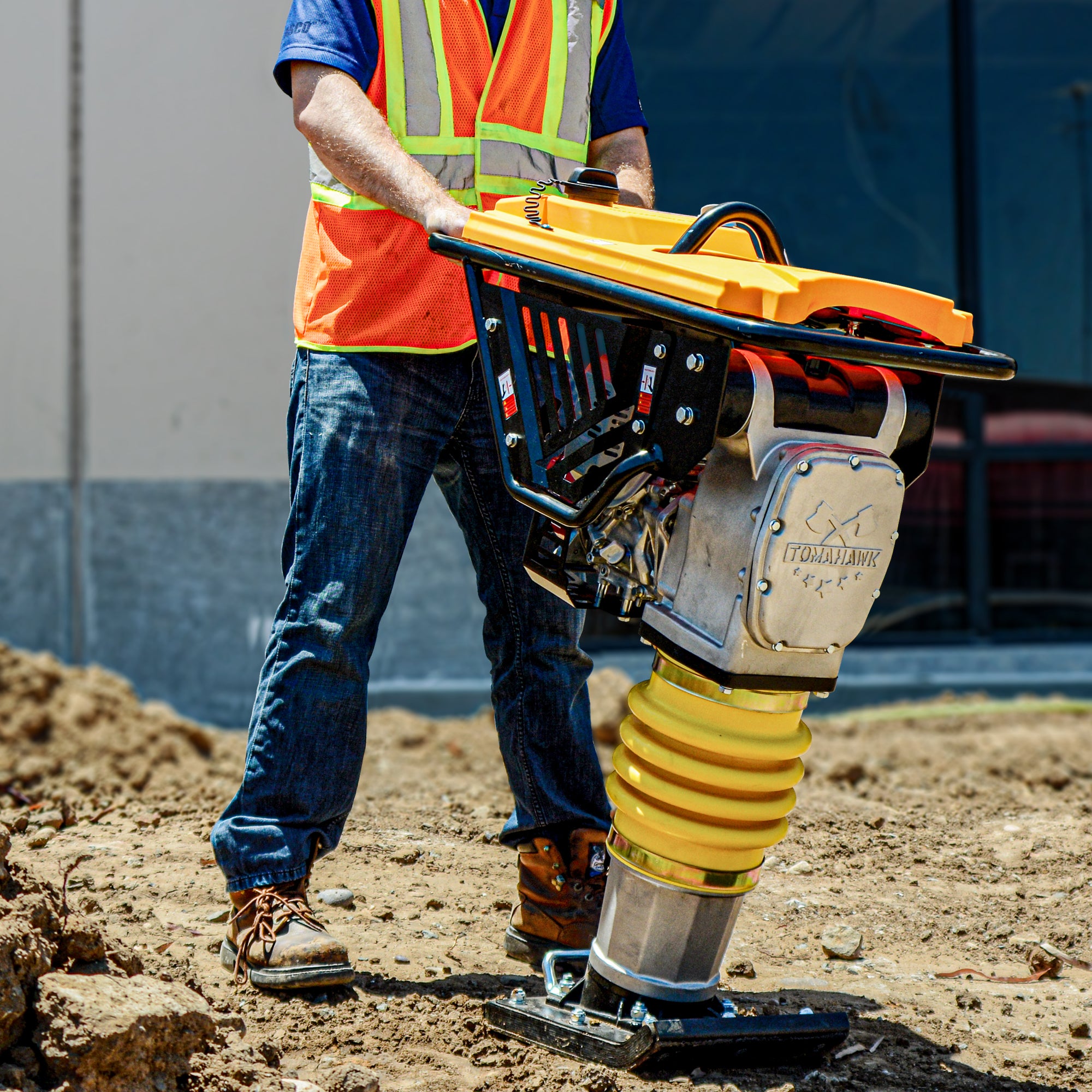Gravel driveways offer a cost-effective, durable, and aesthetically pleasing solution for residential and rural properties. With the right materials and process, homeowners can tackle this project themselves, provided they understand the importance of base preparation and layer compaction. A successful gravel driveway isn't just about spreading rock—it's about following a methodical approach that ensures stability, proper drainage, and long-term performance.
Step 1: Planning and Site Preparation
Before breaking ground, evaluate your driveway’s location, slope, and expected traffic load. A properly graded driveway prevents water accumulation and guides runoff away from buildings. Use marking paint, stakes, and string lines to outline the boundaries. During planning, be sure to check for underground utilities and local permitting requirements.
Clear the area of vegetation, roots, and topsoil. For optimal results, excavate the ground to a depth of 8–12 inches depending on soil type and desired gravel thickness. This depth allows space for a strong base and top layer, supporting both light vehicles and heavier equipment.
Step 2: Laying and Compacting the Base Layer
The base layer plays a crucial role in your driveway’s strength. Typically, this consists of 4–6 inches of coarse crushed stone (also known as #3 stone or road base). Spread the stone evenly across the excavated surface, then compact it thoroughly.
Effective compaction is key to preventing future settling and potholes. Using powered equipment such as the Tomahawk 5.5 HP Plate Compactor provides the necessary force to lock the aggregate together. In tighter areas or for deeper trench zones, consider a vibratory rammer like the Tomahawk 3 HP Honda Jumping Jack to ensure uniform compaction.
Step 3: Applying the Middle Layer
After the base is compacted, add a second layer of slightly finer material, such as #57 crushed stone. This helps bridge the gap between the large base stones and the final surface layer. Apply it in 3–4 inch lifts and compact each layer thoroughly.
Moistening the gravel lightly during compaction can help bind the material more effectively. Avoid overwatering, which can create soft spots and reduce density. The goal is a tightly packed middle layer that enhances drainage and supports the top finish.
Step 4: Adding the Surface Layer
The final layer should consist of fine gravel like crushed limestone, decomposed granite, or stone dust. This top coat provides a smooth, compactable surface that resists tracking and can be refreshed over time.
Spread the surface gravel to a thickness of 2–3 inches and shape it with a slight crown or slope for water runoff. Compact this layer thoroughly using a vibratory plate compactor, moving in overlapping passes to ensure even density. Proper finishing not only improves appearance but also reduces rutting and washouts.
Step 5: Edging, Maintenance, and Finishing Touches
To prevent the gravel from spreading into surrounding areas, install edging materials such as steel, timber, or stone. These barriers maintain the driveway’s shape and minimize erosion. After compaction, review the grade to ensure there are no low spots that may collect water.
Routine maintenance includes raking, filling minor depressions, and compacting new gravel as needed. As HomeQuestionsAnswered.com advises, “A well-compacted driveway base is critical to the longevity of the entire installation—reapplying gravel without compaction only delays surface failure” (HomeQuestionsAnswered.com, n.d.).
Properly installed and maintained, a gravel driveway can last 10 to 30 years, making it a practical and attractive choice. With careful preparation, layering, and compaction—supported by reliable tools—you can create a driveway that performs season after season.

